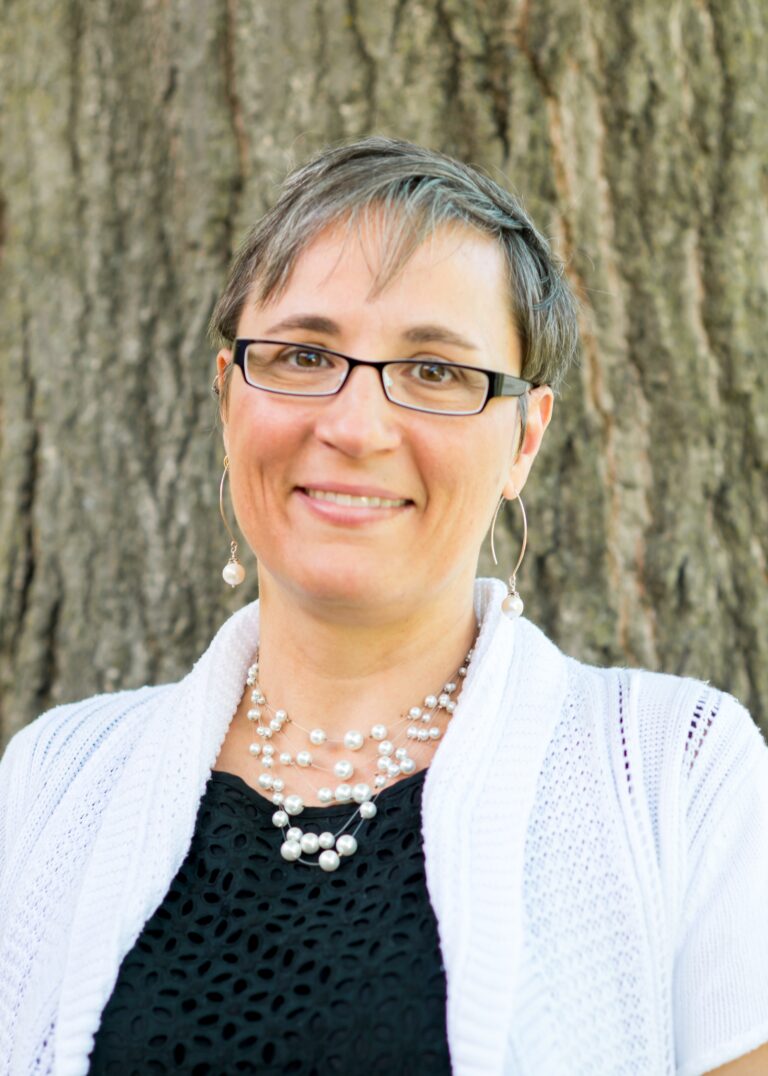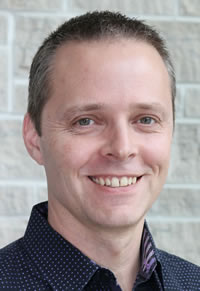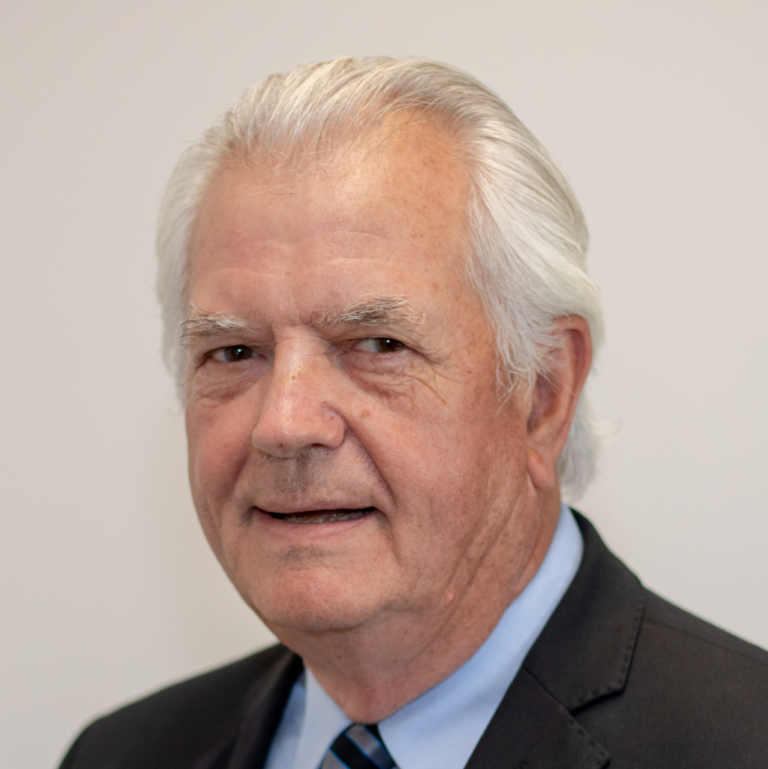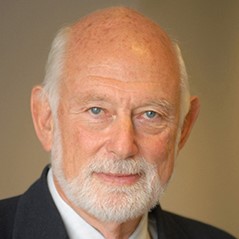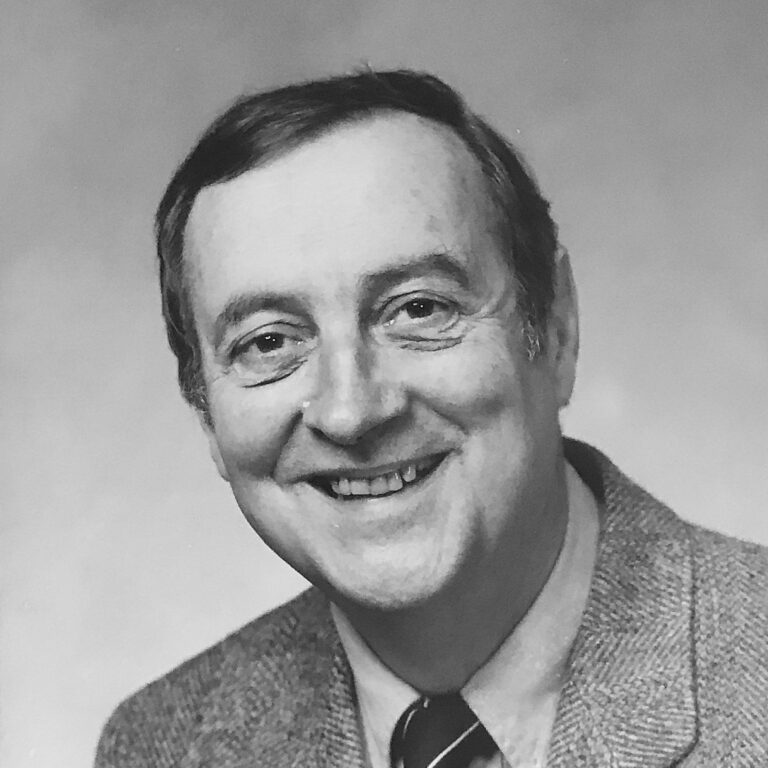McMaster University Medical School: A pioneering endeavor
Dr. Fraser Mustard was one of the four original faculty members who were instrumental in establishing the educational directive of McMaster University Medical School. He helped integrate tutorial style learning, and was among the first instructors himself when the school opened in 1969.
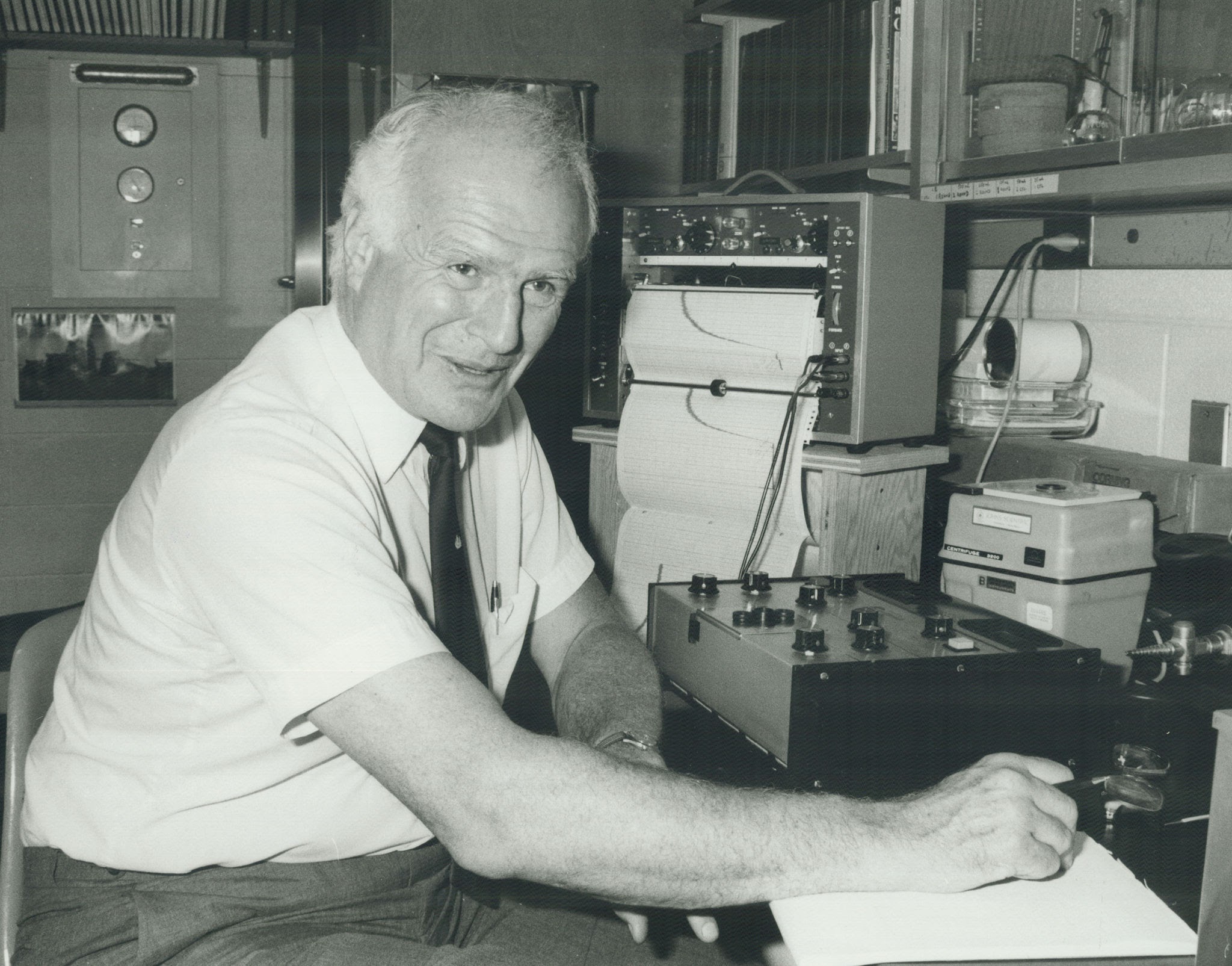
In 1966, Dr. Mustard was recruited from the University of Toronto, where he worked as a hematologist. Along with the other appointees, Dr. Mustard shared a frustrated attitude toward certain aspects of traditional medical education and saw McMaster as a once in a life time opportunity to tackle these issues.
In an interview years later, Dr. Mustard summarized his educational experiences and ideas. He believed the bulk of real learning in medicine was centered around patient involvement. It was the pursuit of knowledge necessary to handle patients that generated a basis of comprehension that would serve you in the future. His strategy, along with the other founding members, was to take a group of reasonably mature students and give them a problem focus, that is, present them with the responsibility of trying to find information necessary to solve a problem. (1)
Regionalization of Laboratory Services
Dr. Mustard became involved in the regionalization of laboratory services within the city of Hamilton during the early 1970’s. He was successfully able to amalgamate community hospitals with the department of Pathology at McMaster. Four divisions were created within the department: hematology, microbiology, clinical chemistry and anatomic pathology. Each division was then assigned a coordinator, who were each responsible for leading regional programs in education, service and research. This centralization of services was unique to not only Canada, but all of North America. The regionalization was collaborated with the university, thereby ensuring a university level of quality control program within each lab. (1)
A collective approach to the provision of laboratory services in the Hamilton Region commenced in 1972. The following objectives were agreed on at that time by the Hamilton General, Henderson General, St. Joseph’s, Chedoke-McMaster Hospitals, and the Faculty of Health Sciences, McMaster University:
- Provide service on a regional basis, rationalize the provision of expensive or complex tests and eliminate inter-hospital billing for tests
- Coordinate and provide education in Laboratory Medicine for undergraduate and postgraduate medical training programs from McMaster University
- Meet the laboratory testing needs of local community physicians through the Community Laboratory Services, a network of collection centres.
- Provide for hospitals and laboratories throughout Canada access to the comprehensive testing facilities of the regional system through the Laboratory Reference Centre (2)
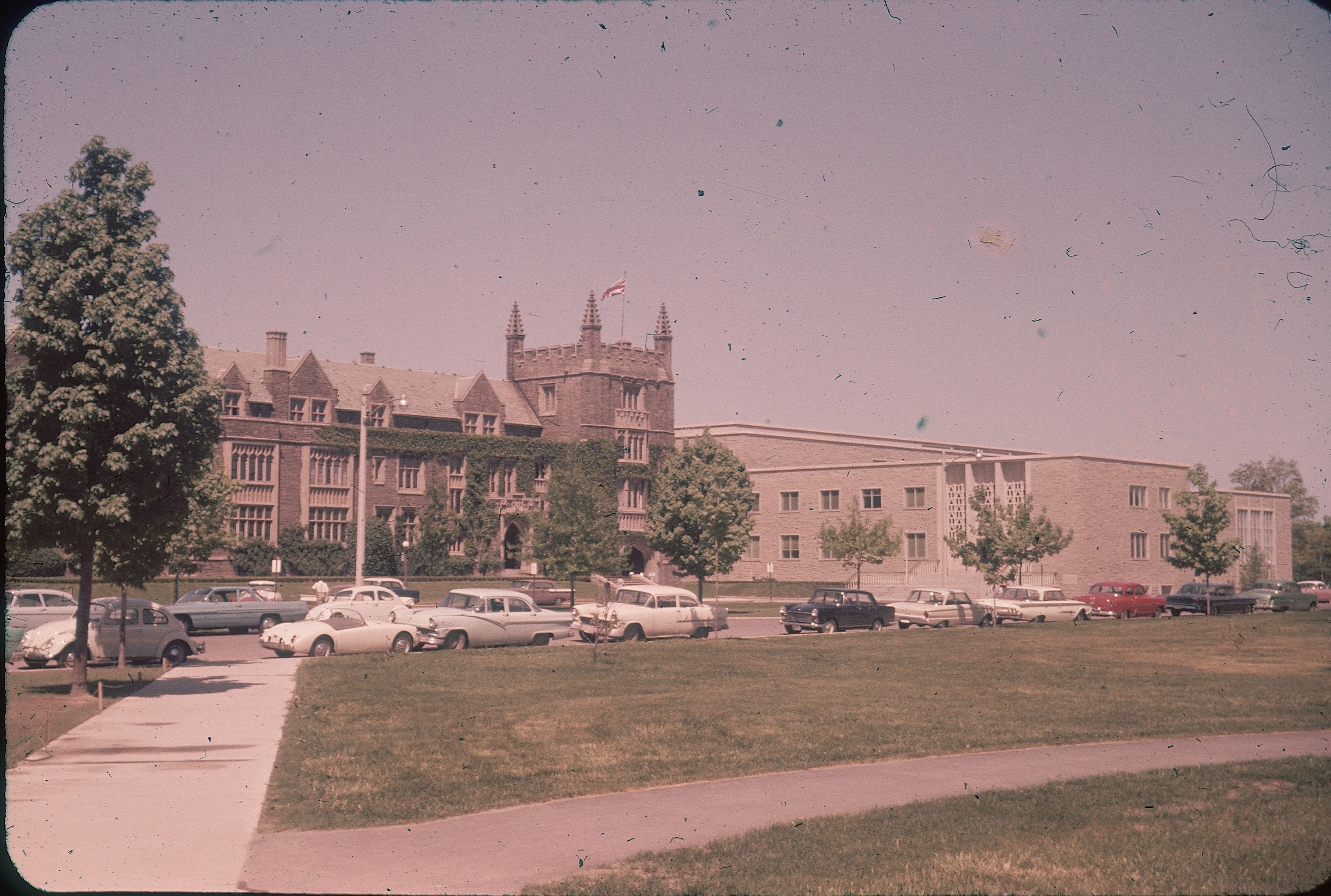
Creation of the Faculty of Health Sciences
In 1974, the Faculty of Health Sciences was officially instituted. Under it, the Department of Pathology was recognized, along with a number of health related disciplines. Each department was integrated to allow for an interdisciplinary approach to research and education that is the foundation of health education at McMaster University. (1)
In August of 1998, the Department of Biomedical Sciences was dissolved within the Faculty of Health Sciences. To reflect this altered direction, the departments of Pathology and Psychiatry were renamed. Pathology was changed to its current title as the Department of Pathology and Molecular Medicine. This title better reflects the nature of academic and clinical study within the department, and provides a more detailed description of our activities. (3)
References
- Spaulding, W.B. (1991). Revitalizing Medical Education, McMaster Medical School the Early Years 1965-1974. Hamilton, ON: B.C. Decker Inc.
- Hamilton Regional Laboratory Program. (1999). Retrieved September 26, 2003 from https://www.fhs.mcmaster.ca/hrlmp/ (site inactive on Oct 15, 2017)
- Public Relations Staff. (1998). Two departments within the faculty receive new names. Network FAHS Newsletter, 9, 4.
Department Chairs
